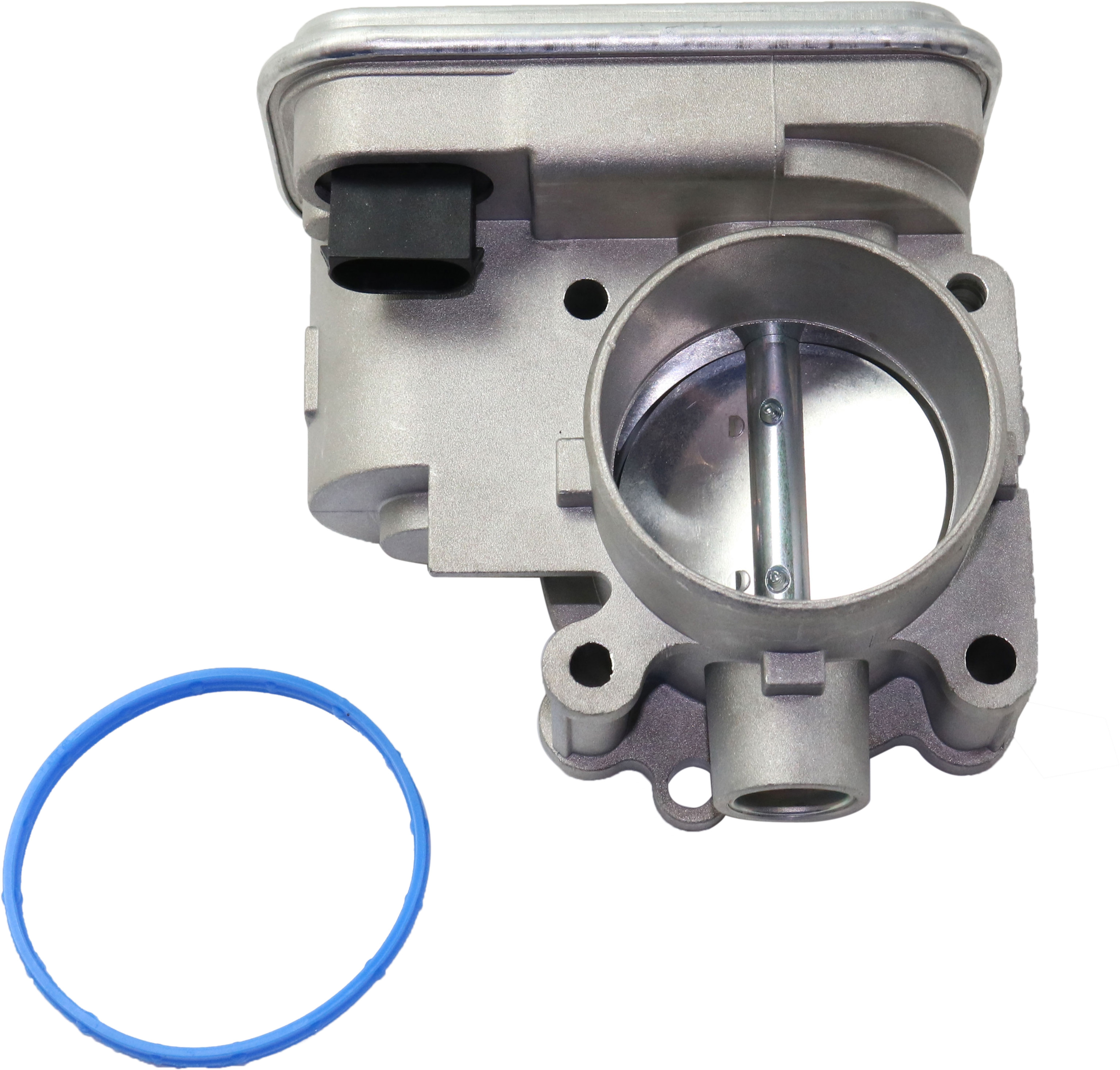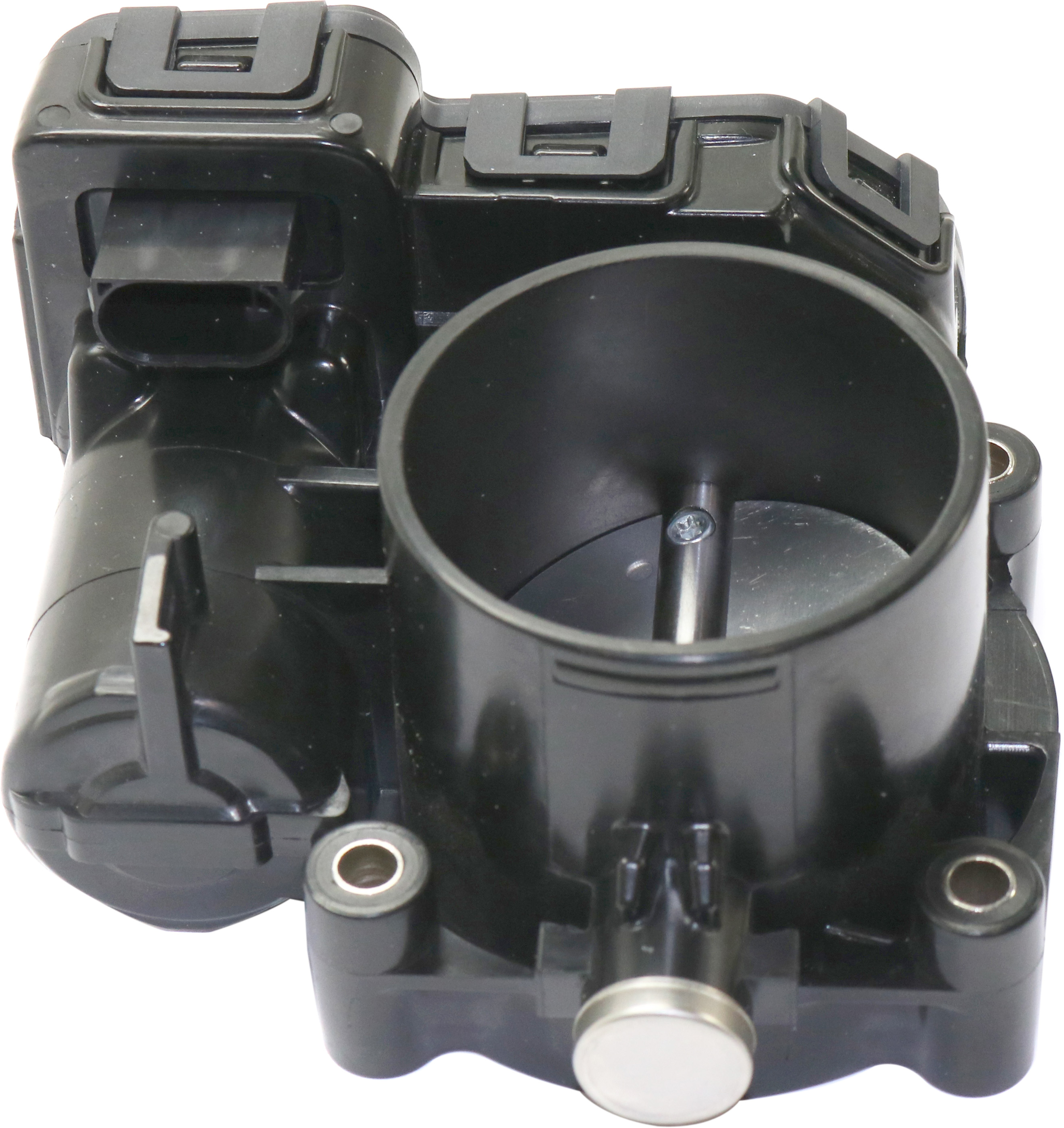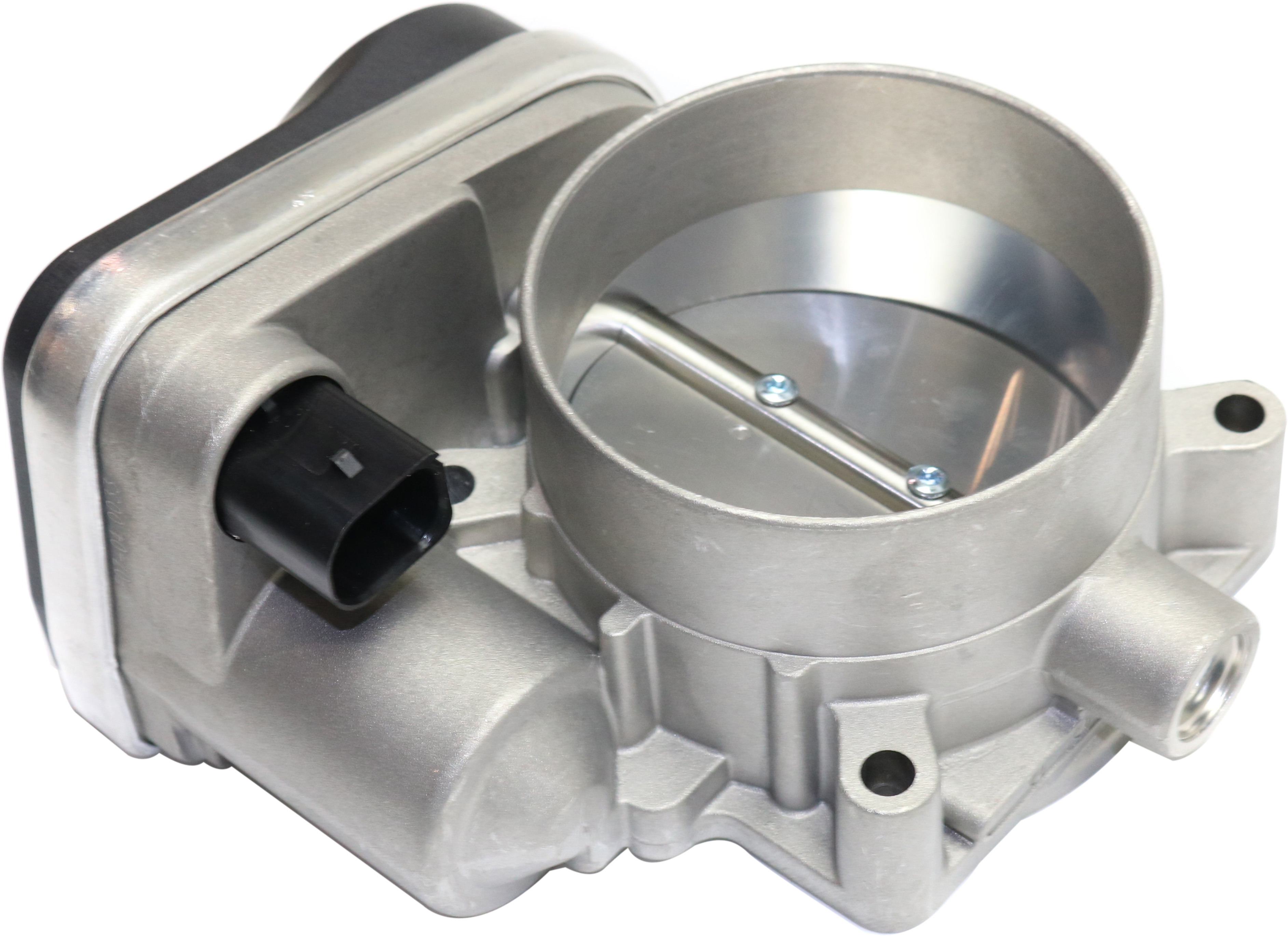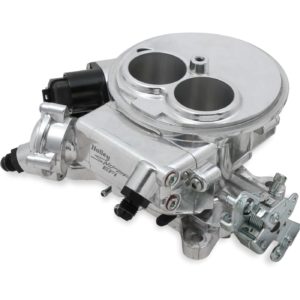Your vehicle’s poor performance can be attributed to many things. These issues can range from simple issues like a clogged fuel filter to complicated ones like oil buildup inside the throttle body. And while some of these problems can be resolved by cleaning or replacing the affected component, the tricky ones like oil in the throttle body can have you tinkering with several engine parts to fix the issue.
What Causes Oil to Build Up Inside the Throttle Body?
Oil inside the throttle body is not a good sign for your engine, and there are several factors that could lead to this issue.
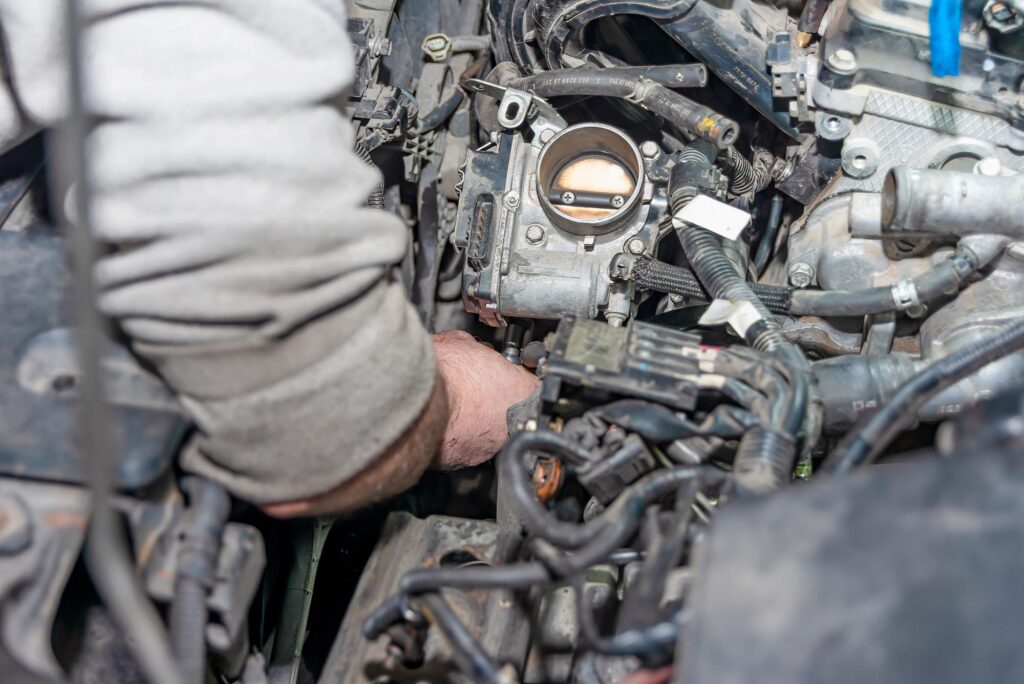
Oil Contamination (Blowby Residue) Due to a Faulty PCV Valve
The positive crankcase ventilation valve (PCV) is a one-way, spring-operated plunger that regulates valve flow rate.
Usually found inside the valve cover or intake manifold, the PCV valve helps prevent crankcase explosion by diverting blowby gases. To do this, the PCV valve restricts airflow to maintain a balanced air-fuel ratio.
When the PCV valve or orifice gets clogged, excessive pressure can build up inside the PCV system, forcing engine oil to flow through the intake air tube. Oil can also enter the intake manifold because it has the same inlet tube as the throttle body.

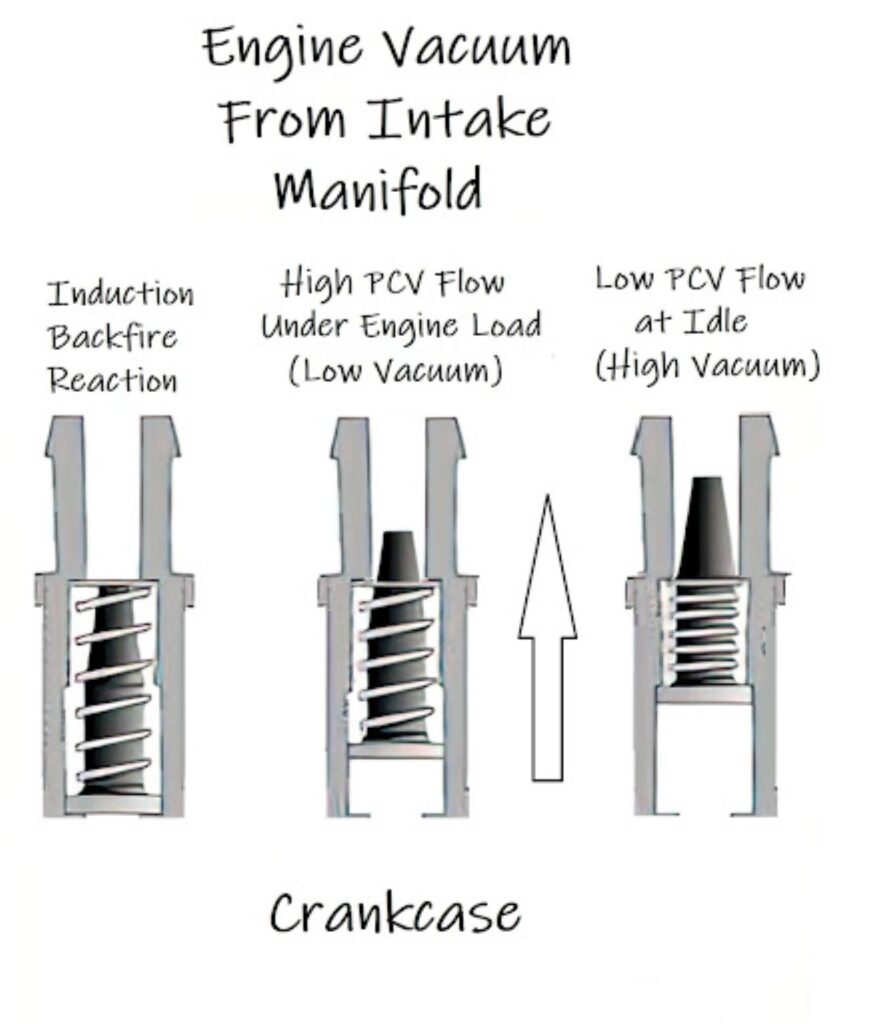
Replacing a faulty PCV valve can cost anywhere between $25 and $30 on parts. You can expect to pay around $50 to $70 for labor.
Total PCV System Failure
The PCV system ventilates the crankcase and helps reduce HC and CO emissions by rerouting the vapors to the engine’s induction system and burning inside the cylinders.
All PCV systems have their own valve or orifice, an inlet filter, and connecting hoses. In some cases, PCV systems can also have an oil/vapor or oil/water separator.
Aside from the PCV valve, the system’s connecting hoses can get clogged with sludge. Once the system gets pressurized, engine oil can seep into the intake tube and enter the throttle body.
Worn Piston Rings
Piston rings can wear out, mainly due to the wrong engine oil, worn-out cylinders, and wrong fuel injection timing.
Worn-out or broken piston rings won’t be able to withstand the pressure created by blowby gases, which can lead to excessive pressure buildup inside the crankcase.
Replacing worn-out or damaged piston rings can cost around $50 to $300, depending on several factors. Including labor costs, the total repair bill can amount to up to $1,000.
Note by Richard McCuistian, ASE-certified Master Automobile Technician: Some oil “steam” deposits are normal inside the intake manifold and on the back side of the throttle plate, even if the engine is healthy. On vehicles with idle air control valves, the ECM/PCM’s adaptive learning will tweak IAC operation so the idle will remain within the desired target. Sometimes replacing the vehicle battery will create a stalls-at-idle situation because of throttle body clogging and lost adaptive learning.
Some oil “steam” deposits are normal inside the intake manifold and on the back side of the throttle plate, even if the engine is healthy.
– Richard McCuistian, ASE Certified Master Automobile Technician
Symptoms of Oil Buildup In the Throttle Body
Oil inside the throttle body can lead to a series of drivability issues. Here are the most common ones:
Illuminated Check Engine Light
An illuminated check engine light is one of the telltale signs that something’s wrong with your vehicle. However, remember that this symptom could cover a wide range of issues and not just oil buildup in the throttle body.
If you’re not familiar with the process of identifying problems with your engine yet, it’s always a good idea to bring your vehicle to a mechanic to have it diagnosed.

Engine Misfire
Lack of air because of obstructed passages in the combustion chamber can lead to misfires. However, keep in mind that there might be other parts that could create the same problem, such as spark plugs and other ignition components.
Poor Acceleration
Several sensors in the throttle body monitor the engine’s airflow to help the fuel injectors calculate the right amount of fuel.
If there’s oil in the throttle body, acceleration can become challenging because the sensors won’t be able to identify the amount of air circulating in the engine.
Oil in the throttle body can make your vehicle unusually faster or slower than normal as you step on the accelerator pedal.
Aside from restricted airflow, other causes for poor acceleration can include low fuel pressure, contaminated fuel injectors, and damaged sensors, among others.
Excessive Smoke from the Exhaust
Oil in the throttle body can also infiltrate the combustion chamber, affecting the air-fuel mixture. Once this happens, you might notice white smoke coming out of the exhaust.
Rough or Low Engine Idling
Rough idling is usually an issue caused by restricted airflow, but it can also indicate the presence of oil inside the throttle body. Once oil builds up in the throttle body, it won’t be able to produce the right amount of air for fuel combustion.
However, keep in mind that rough idling can mean other issues, such as worn-out spark plugs, a faulty fuel pump, a clogged fuel filter, and a faulty distributor cap, among others.
Key Takeaways
Oil buildup inside the throttle body can be caused by several failing parts, which are mostly found in the PCV system. These components usually disrupt the engine’s airflow, affecting the air-fuel ratio needed for proper combustion.
Once the throttle body is filled with oil, you’ll notice several performance-related issues, running from rough idling and poor acceleration to increased fuel economy and white smoke emissions.
However, remember that the symptoms pointing to oil buildup in the throttle body can also be attributed to other issues found in systems other than the PCV. To get an accurate diagnosis, make sure to have your vehicle checked by a trained mechanic.
Buying Replacement Parts for Oil Buildup In the Throttle Body
The oil buildup in your vehicle’s throttle body can have many different causes, from worn piston rings to a faulty PCV valve. As a result, you might need to repair or replace one or more of these parts. Good thing you can find all of these parts easily here at CarParts.com.
Our easy-to-navigate website offers a variety of aftermarket brands that will last your vehicle’s lifetime. What’s more, we’ll guarantee your satisfaction with our 60-day warranty. With fast shipping and guaranteed fit, we’re the best online option for all replacement parts. Shop now and receive your parts in as fast as two business days!
Shop this Project



Any information provided on this Website is for informational purposes only and is not intended to replace consultation with a professional mechanic. The accuracy and timeliness of the information may change from the time of publication.


